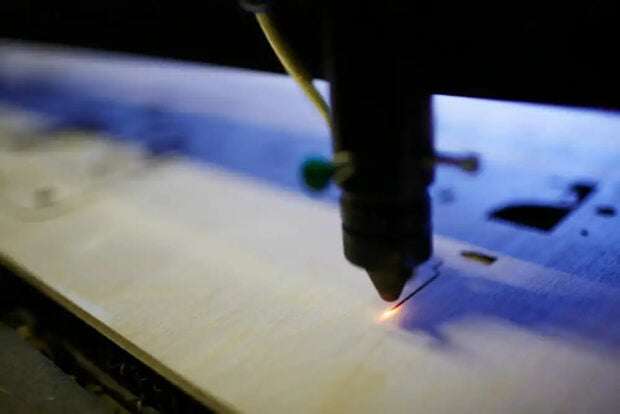How to Install a Toilet—It’s Not as Intimidating as You Think
It may not be the best seat in the house, but it’s certainly an essential one. Which is why learning how to install a toilet is a skill that could come in handy one day for many homeowners. (Removing a toilet is even easier.) After all, like virtually every other thing in your house, toilets have a lifespan. Of course, you can always call in a professional plumber or handyman to do the job, but this DIY plumbing job is actually pretty simple and a bathroom repair you can do on your own. Tackling the task of toilet installation yourself, or with a DIY–savvy friend, could save you a few hundred dollars. Not to mention that since you’ll have a new toilet, it will actually look stain-free when you clean it.
Frank Decker, plumbing program coordinator at Porter and Chester Institute in Hamden, Connecticut, agrees. “Most homeowners can replace their toilet if they have the proper materials, tools, and background knowledge,” he admits. “They also need to be able to lift it too.”
Here’s everything you need to know about how to install a toilet, and how to get the job done in eight steps.
How do I know if I need a new toilet?
Household toilets get used a lot, especially when you have more than a few people at home. That wear and tear can take a toll on the toilet’s lifespan. A good toilet can last for decades with proper maintenance, Decker says. And although you may end up with a running toilet at one point, internal components like the floater and flapper can be replaced to fix the problem, so you won’t need to install a new toilet just because of that. The toilet bowl and tank can last at least a decade. However, once you notice cracks or you see water seeping onto the floor, installing a new toilet is likely in your future.
Broken components aren’t the only reason to replace a toilet, though. Toilet technology has come a long way, especially in recent years, Decker says. The 1.28 GPF toilet models available now are more efficient, use less water, and offer a wide variety of added features like UV lights for sanitizing and paperless cleaning (if you’re into that sort of thing).
How do I shop for a new toilet?
It’s best to shop for a new toilet in person, so you can take it for a spin, so to speak. Toilets come in different heights (often 14 or 16 inches) and styles (elongated or round), and are a matter of personal preference for many. You should also consider your space. Typically, you should allow for 12 inches from the center of the bowl to the nearest wall. Larger or smaller toilets may require different space allotments.
Do I need to spend a lot of money on a new toilet?
Take a walk around any home improvement store or fixture showroom, and you’ll notice that new toilets start at around $100 and can go up into the thousands. And even though you may not need or want one with all of the bells and whistles mentioned above, Decker says there are some advantages to spending a bit more. “The quality of the components inside the toilet are often better in correlation with the price,” he says. “These are usually a step up from the base model. A name brand is also often better quality.”
Can I install a toilet myself?
Yes, unless you have issues with lifting heavy weight—a toilet typically weights around 100 pounds. If you’re in your own home, feel like doing a home improvement project, and can get your hands on the necessary tools, then go for it. Those renting should definitely check with the landlord before embarking on a DIY project like this.
Is it hard to install a toilet by yourself?
Some people may be able to do this DIY project on their own, Decker says. But it’s important to keep in mind that the average toilet weighs anywhere from 60 to 120 pounds, depending if it is a two- or one-piece toilet. Having someone nearby to lend a helping hand, at least when physically moving the toilet, is preferable.
What tools and supplies do I need to install a new toilet?
The majority of new toilets come boxed with most of the supplies you’ll need to install them. Otherwise, you’ll need an adjustable wrench, which you likely used when you removed your old toilet. Here’s what you should have on hand:




